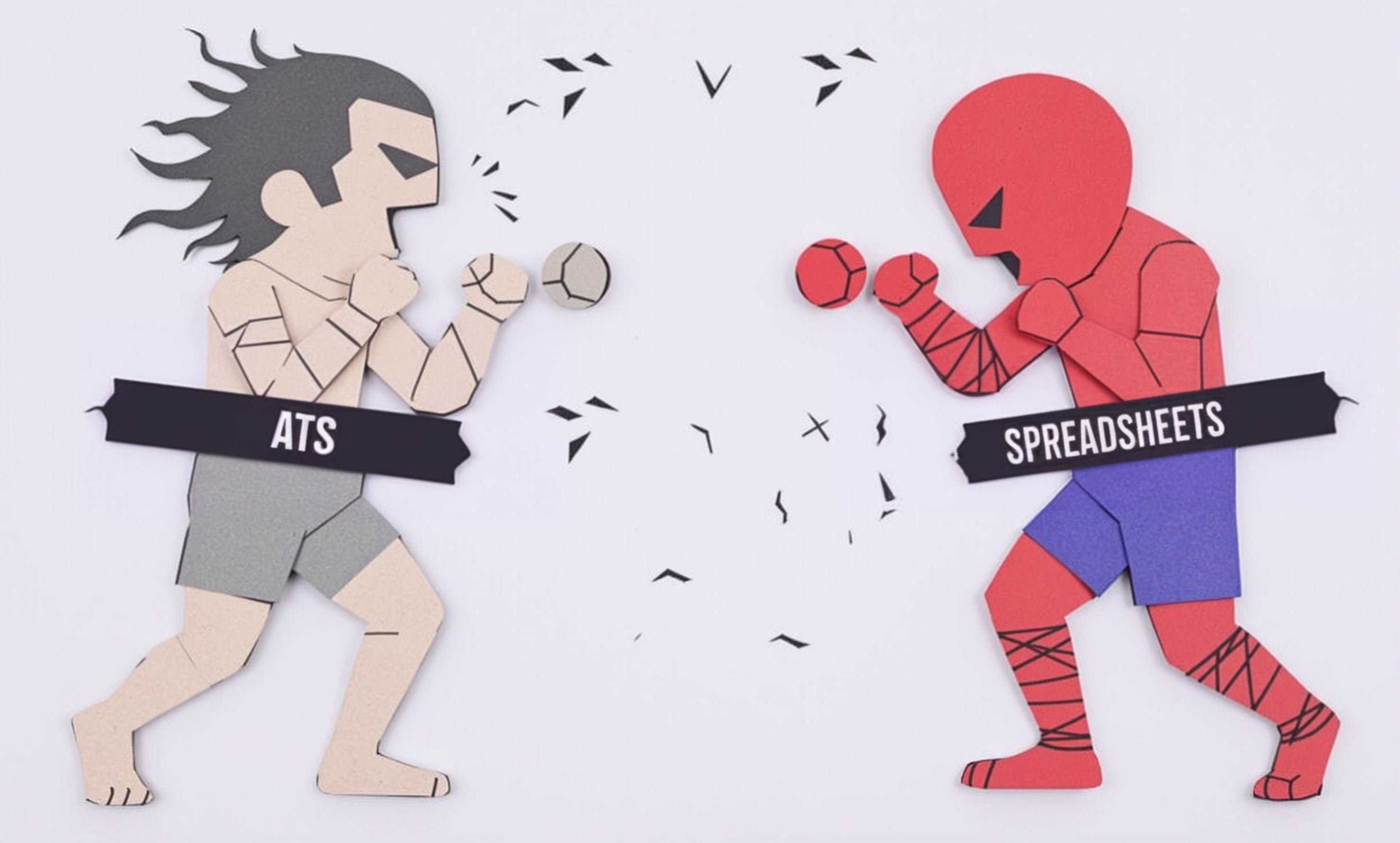
Spunbond
Spunbond is a popular method of making non-woven fabrics used in many everyday products. Think of it as a way to create fabric directly from plastic pellets without traditional weaving or knitting. The resulting material is used in products like disposable medical gowns, diapers, furniture backing, and agriculture covers. When you see this term on a resume, it usually means the person has experience with machines that make these special fabrics or has worked in facilities that produce them. This process is part of the broader "nonwoven textiles" family, which includes similar technologies like meltblown and needlepunch.
Examples in Resumes
Managed production line creating Spunbond materials for medical supplies
Optimized Spunbond process efficiency resulting in 25% waste reduction
Supervised quality control for Spunbond and Nonwoven materials production
Typical job title: "Spunbond Process Engineers"
Also try searching for:
Where to Find Spunbond Process Engineers
Professional Associations
Online Communities
Example Interview Questions
Senior Level Questions
Q: How would you handle a significant quality issue in spunbond production?
Expected Answer: A senior candidate should describe a systematic approach: analyzing process parameters, checking raw materials, reviewing quality data, leading team investigation, implementing corrective actions, and establishing preventive measures for the future.
Q: What strategies have you used to improve spunbond production efficiency?
Expected Answer: They should discuss optimization of machine settings, material handling improvements, waste reduction programs, preventive maintenance, and team training initiatives.
Mid Level Questions
Q: What factors affect spunbond fabric quality?
Expected Answer: Should mention polymer quality, machine temperature settings, air pressure, belt speed, and environmental conditions like humidity and temperature.
Q: Explain how you ensure consistent product weight in spunbond production.
Expected Answer: Should discuss monitoring basis weight, using control systems, regular testing procedures, and making adjustments to machine parameters.
Junior Level Questions
Q: What safety measures are important when working with spunbond equipment?
Expected Answer: Should mention personal protective equipment, machine guarding, emergency stops, hot surface awareness, and following standard operating procedures.
Q: What basic quality checks do you perform on spunbond materials?
Expected Answer: Should describe basic tests like weight measurement, visual inspection for defects, tensile strength testing, and documentation procedures.
Experience Level Indicators
Junior (0-2 years)
- Basic machine operation
- Quality testing procedures
- Safety protocols
- Production documentation
Mid (2-5 years)
- Process troubleshooting
- Quality control management
- Production efficiency improvement
- Team coordination
Senior (5+ years)
- Process optimization
- Project management
- Technical team leadership
- Production strategy development
Red Flags to Watch For
- No hands-on experience with nonwoven production equipment
- Lack of understanding of basic quality control procedures
- No knowledge of safety protocols in textile manufacturing
- Unable to explain basic process parameters
Related Terms
Need more hiring wisdom? Check these out...

Workforce Solutions Aggregators: The Next Big Thing You Didn't Know You Needed

Why Your Hiring Spreadsheets Are Secretly Sabotaging Your Recruitment

Recruitment in the Fast Lane: How to Adapt Hiring Practices in the Blink of an Eye

